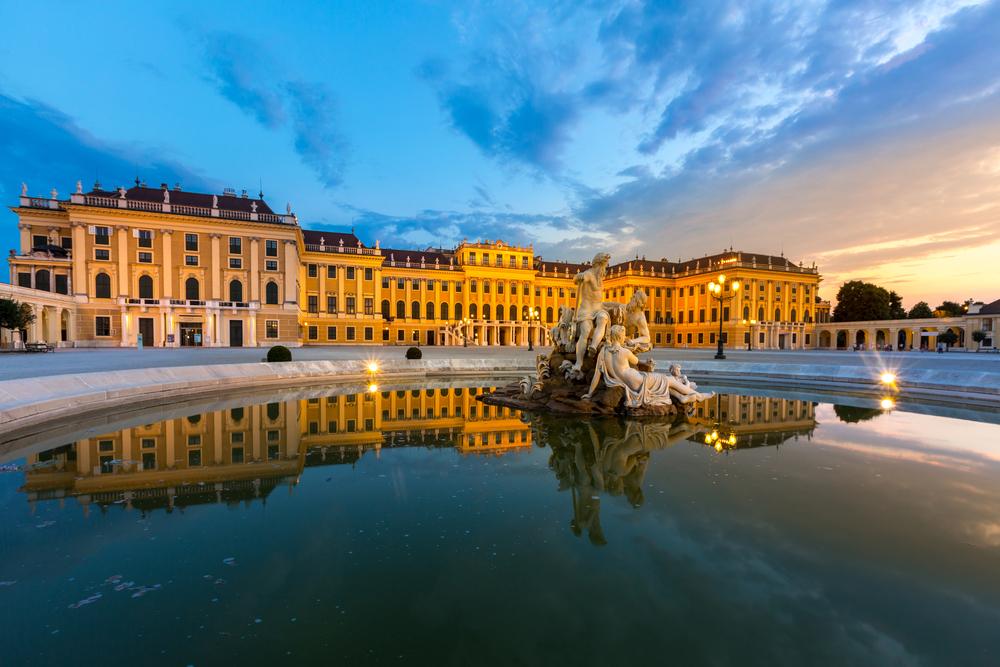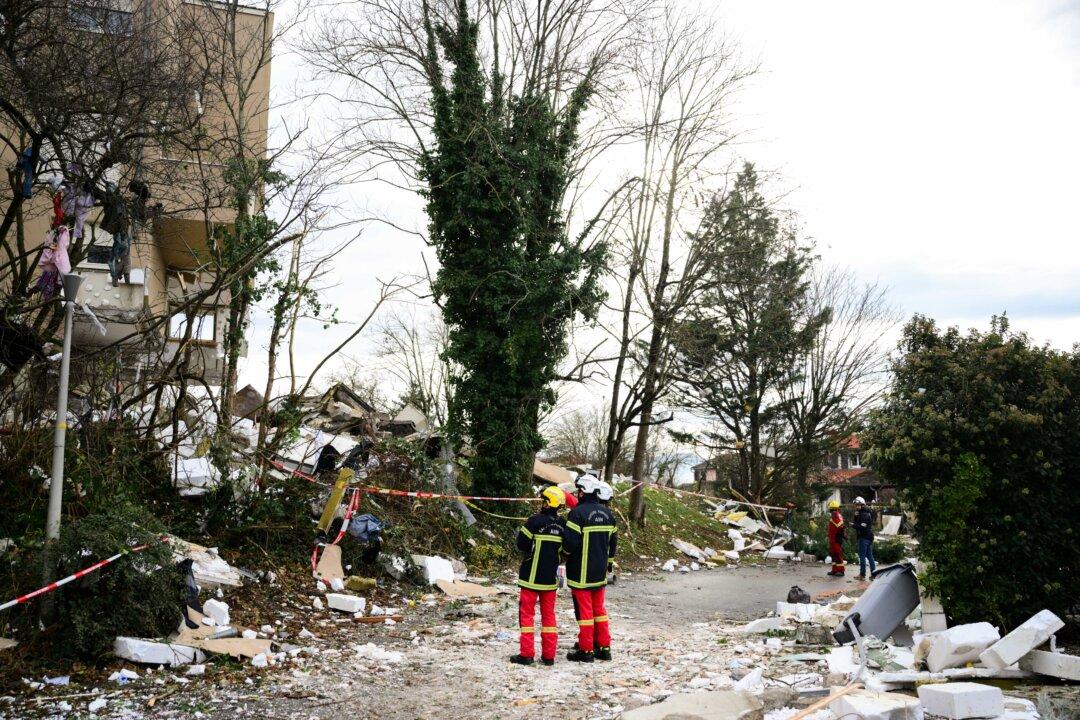For nearly 350 years, Vienna’s elegant Schönbrunn Palace was home to the powerful Habsburg dynasty, Austria’s last monarchy.
The Habsburgs ruled many kingdoms across Europe, such as Bohemia, Hungary, Portugal, and Spain. At the heart of the Habsburgs’ rule was a respect for the local heritage. They allowed local communities to continue speaking their own languages and practicing their religious and cultural traditions.






